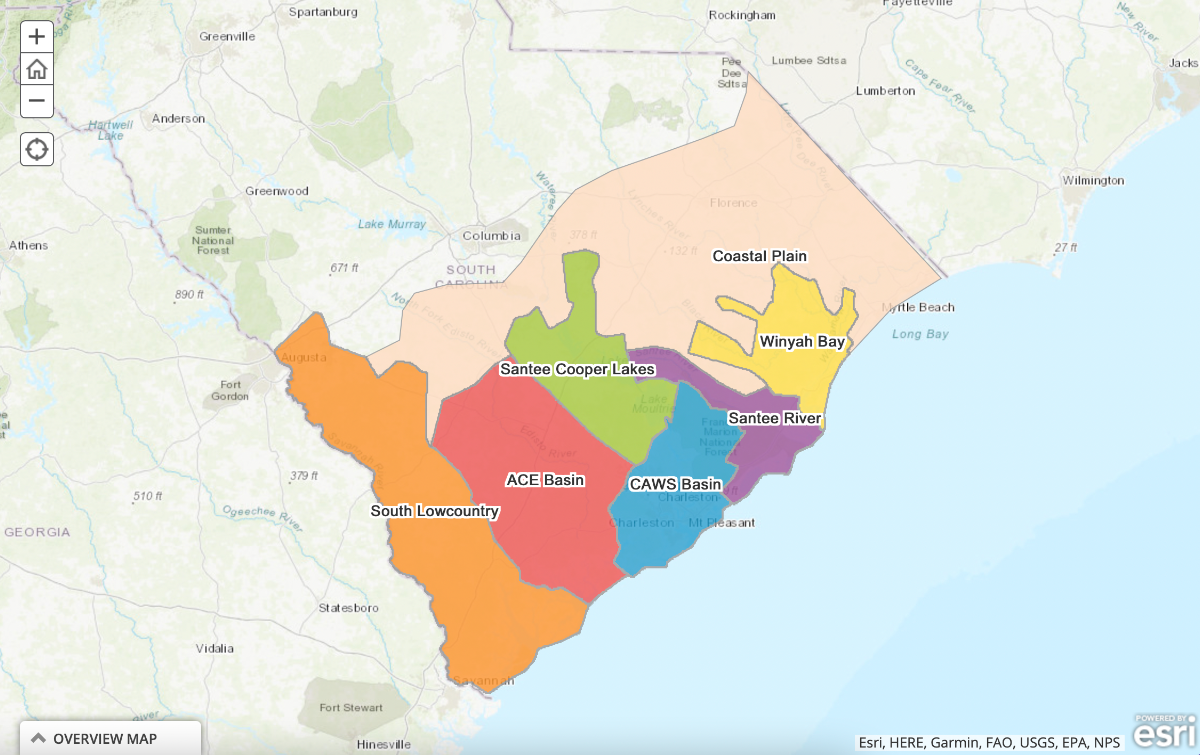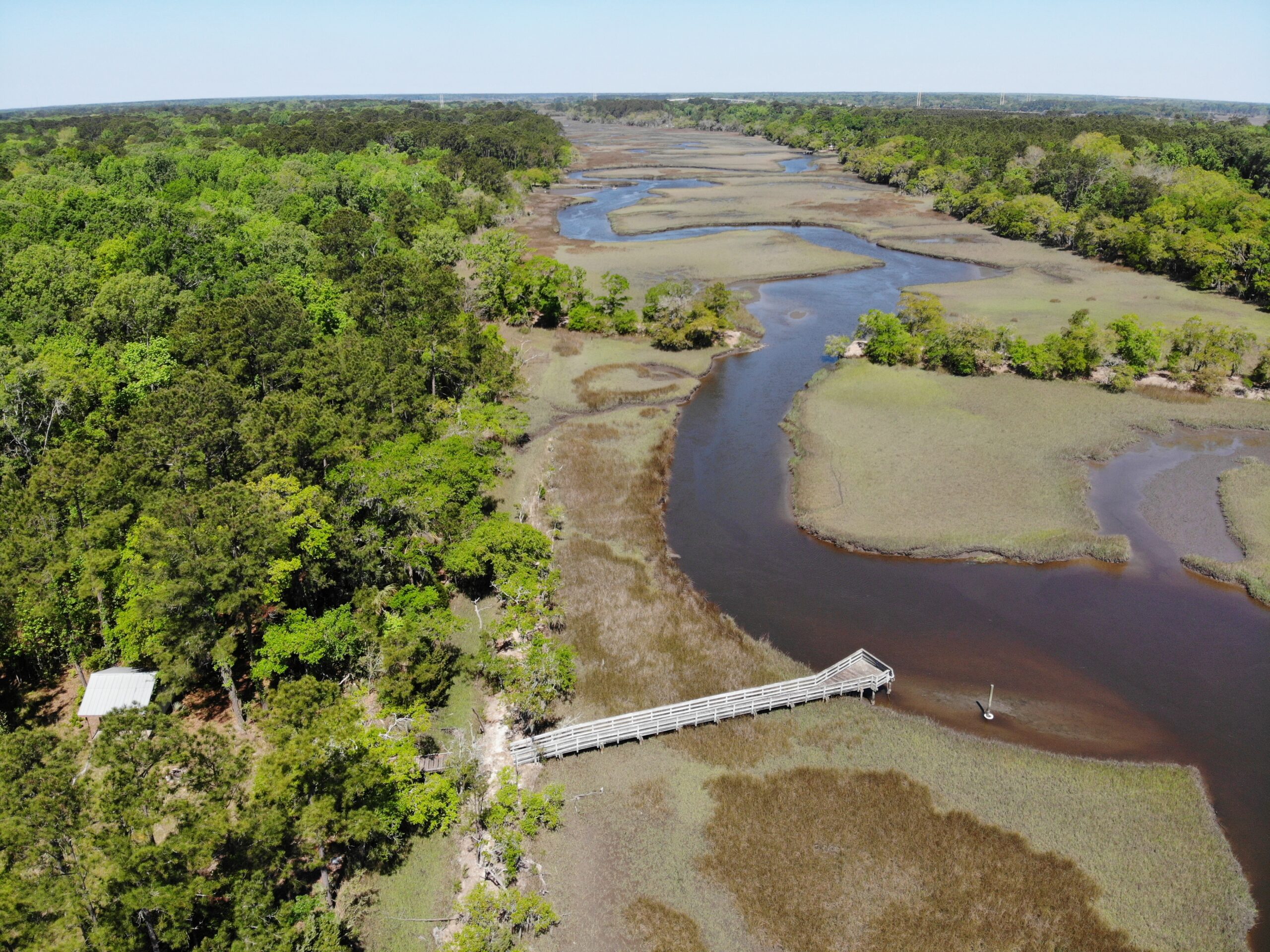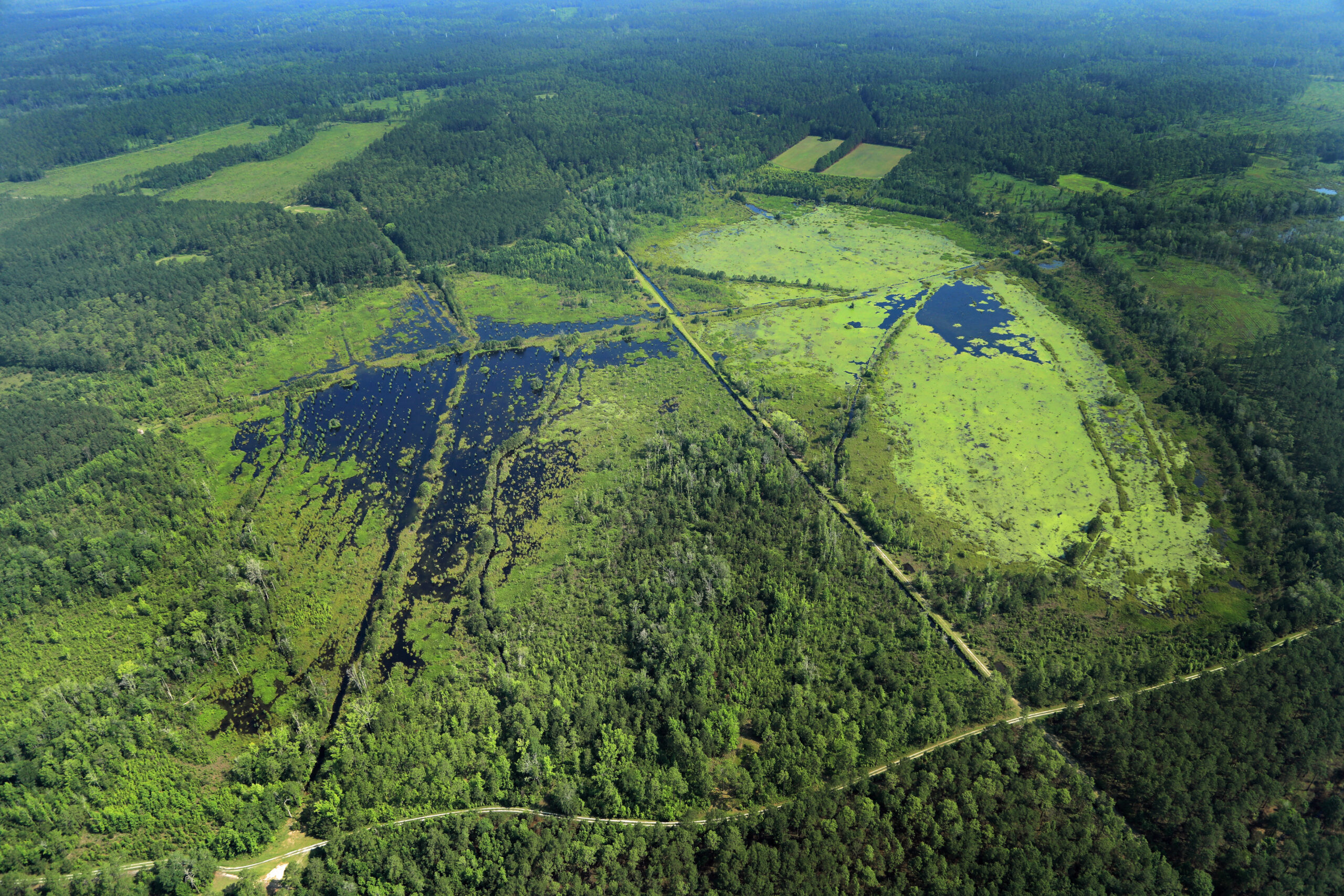Just 50 years ago, in October of 1972, the United States recognized that access to clean, safe water is a critical human right and passed the Clean Water Act. This powerful law sought to end the culture of dumping raw sewage and untreated industrial waste into our waters and led to a dramatic improvement in the health and safety of waterways across the country.
2022 marks a monumental year in which we can celebrate the promise of this revolutionary law to protect communities around the country and in our region. In places like the Lowcountry, the Clean Water Act supports the protection of our wetlands, and therefore salt marshes, from development.
Despite all these improvements, 50 years later, the Clean Water Act is still urgently needed, and its work is unfulfilled. Today, more than half of U.S. streams and rivers continue to violate water quality standards, as do roughly 70 percent of lakes, ponds, and reservoirs and 90 percent of the surveyed ocean and near-coastal waters.
This is why the work of Lowcountry Land Trust, along with many other local organizations, is imperative to the health of our coastal ecosystem. When we protect land by placing conservation easements on both private and public properties, there is a direct, positive impact on the Lowcountry’s beaches, salt marshes, waterways, and wetlands.
Below is a map of South Carolina’s conservation focus areas that Lowcountry Land Trust works in, all of which are defined by regional watersheds.

Every day, Lowcountry Land Trust seeks to support the basic principles of the Clean Water Act passed 50 years ago. Holding conservation easements on over 150,000 acres across the seven conservation focus areas in South Carolina, we’re preserving natural land upstream that improves water-based habitats and human health downstream.
Thanks to Lowcountry landowners and local partners, we have worked for more than 35 years to protect irreplaceable landscapes that make South Carolinian’s quality of life extraordinary.
When the land thrives, the water thrives, and therefore, we all thrive.





